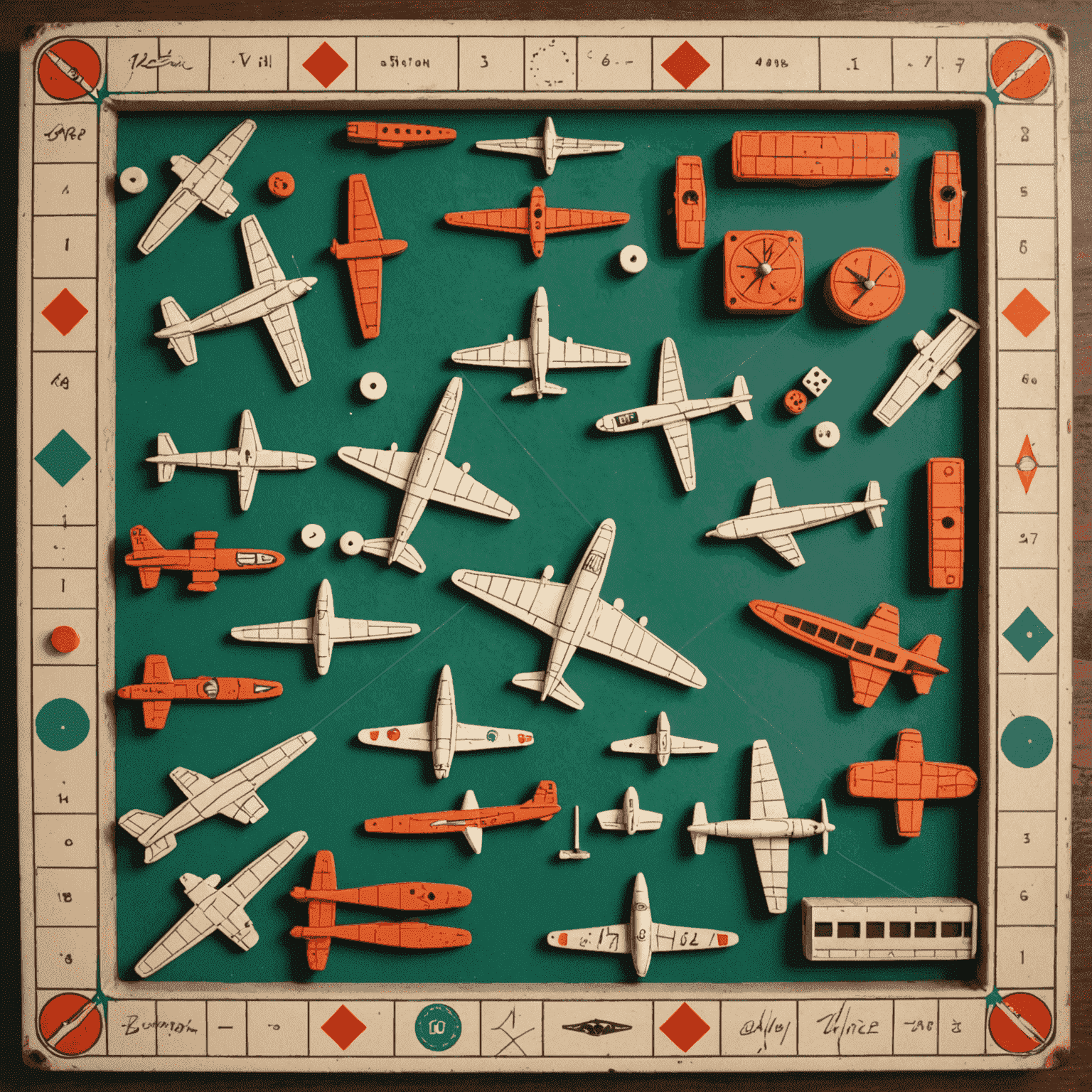The History and Evolution of Aviator Board Game

The Aviator board game, a strategic aviation-themed pastime, has captured the imagination of players in India and beyond. This article delves into the fascinating journey of Aviator, from its humble beginnings to its current status as a beloved game in the Indian gaming landscape.
Origins of Aviator
Aviator's roots can be traced back to the mid-20th century, coinciding with the golden age of aviation. As commercial air travel became more accessible, the allure of flight inspired game designers to create a board game that could capture the excitement of air navigation and strategy.
The original version of Aviator was developed in the 1950s by a former pilot who wanted to share his passion for aviation with the general public. The game's initial design incorporated elements of route planning, resource management, and the unpredictability of weather conditions – all crucial aspects of real-world aviation.
Evolution of Gameplay
Over the decades, Aviator underwent several iterations, each refining the gameplay and adding new elements to enhance the player experience:
- 1960s: Introduction of more detailed aircraft models and expanded route options.
- 1970s: Incorporation of economic elements, allowing players to manage airline finances.
- 1980s: Addition of technological advancements in aviation, reflecting real-world progress.
- 1990s: Introduction of multiplayer options for increased competitive play.
- 2000s: Development of digital versions, bringing Aviator to computer and mobile platforms.

Aviator's Popularity in India
The game found particular resonance in India, where it gained popularity for several reasons:
- Growing aviation industry: As India's aviation sector expanded, interest in flight-related games increased.
- Strategic depth: The game's complexity appealed to India's chess-loving population.
- Educational value: Aviator became a tool for teaching geography and basic aviation concepts.
- Social aspect: The game's multiplayer nature fit well with India's community-oriented culture.
Modern Adaptations
Today, Aviator continues to evolve, incorporating elements of modern gaming trends:
- Digital versions with internet-based multiplayer capabilities
- Mobile apps that allow for quick games on the go
- Augmented reality features that bring the game board to life
- Educational editions used in schools to teach STEM concepts
The game has also inspired variations that blend traditional Aviator gameplay with elements of other popular games, creating unique hybrid experiences that appeal to a wide range of players.
Conclusion
From its inception as a niche aviation enthusiast's pastime to its current status as a beloved strategy game in India, Aviator has come a long way. Its ability to adapt to changing times while maintaining its core appeal has ensured its place in the pantheon of classic board games. As it continues to evolve, Aviator remains a testament to the enduring appeal of strategic gameplay and the universal fascination with flight.
